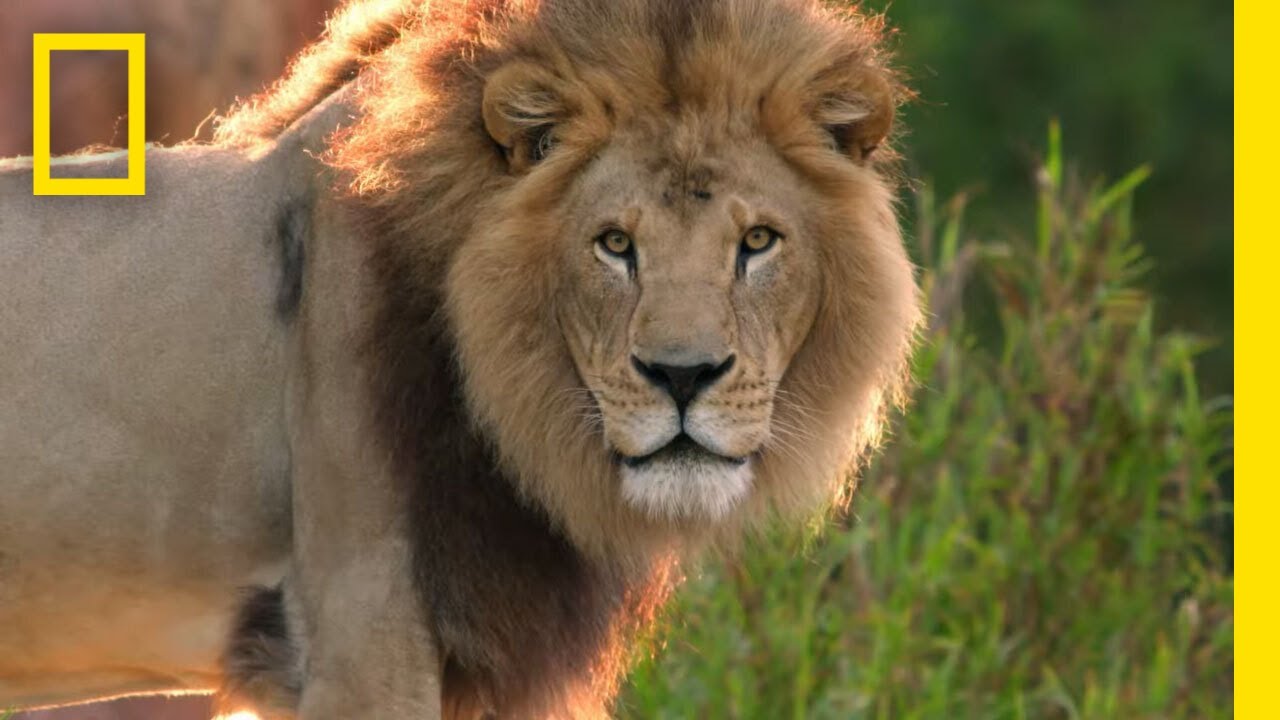– Exploring Africa’s apex predators, focusing on the fascinating life of lions in the animal kingdom
– The significance of Disney’s Magic of Animal Kingdom in wildlife conservation and public education
– The critical role of zoos in the conservation of endangered species, with a spotlight on lion conservation efforts
– Insights into the behavioral ecology of lions, detailing their social structure and hunting tactics
– Challenges facing lion populations in the wild and the conservation strategies aimed at protecting them
Africa’s mightiest meat eaters, lions, have long captured humanity’s imagination and admiration. This article delves into these majestic creatures’ lives, their crucial role in the ecosystem, the efforts made by institutions like Disney’s Magic of Animal Kingdom to protect them, and the continuous struggle to ensure their survival in the wild and controlled environments.
Lions, known scientifically as Panthera leo, are symbols of strength and bravery. As top predators in the African savannah, their presence is vital for the balance of the ecosystem. They primarily prey on large herbivores, such as zebras and wildebeests, which help regulate these populations and maintain a healthy balance between different species. This equilibrium is essential for biodiversity and crucial to the savannah’s survival.
Disney’s Magic of Animal Kingdom plays a significant role in public education and wildlife conservation. By offering visitors a glimpse into the lives of lions, the park fosters a connection between humans and these formidable creatures. This connection is not merely for entertainment but also for increasing public awareness and support for wildlife conservation. The park employs innovative strategies to replicate the animals’ natural habitats as closely as possible, providing them with environments where they can thrive. Furthermore, through conservation programs and partnerships with wildlife research organizations, Disney’s Magic of Animal Kingdom contributes to the global effort to protect lions and their habitats.
Zoos and wildlife parks are increasingly recognized for their important contribution to the conservation of endangered species. Through carefully managed breeding programs, they help maintain genetic diversity and act as a genetic reservoir, essential for the health and vitality of species like lions, whose populations are declining in the wild. These programs sometimes allow for the reintroduction of these animals back into their natural habitats, which is a critical step toward their conservation.
Understanding lions’ social structure and behavioral ecology provides insights into their complex lives. Lions are unique among big cats as they live in groups, known as prides, which can consist of up to thirty individuals, though the average size is about fifteen. This social structure aids in their survival, allowing them to hunt efficiently and protect their young from other predators. Male lions are responsible for defending the pride’s territory, while females, who are usually related, do most of the hunting. This cooperative behavior is crucial for their success as hunters and a social group.
However, lion populations in the wild are facing numerous challenges. Habitat loss due to human expansion and conflicts with humans, particularly with farmers protecting their livestock, have significantly declined their numbers. Poaching and illegal wildlife trade further exacerbate these challenges. Conservation strategies aimed at protecting lions involve protecting their habitats, implementing measures to reduce human-lion conflicts, and enforcing laws against poaching and wildlife trade. Organizations worldwide work tirelessly to secure a future for these magnificent animals, employing scientific research, community engagement, and policy advocacy to achieve these goals.
Throughout the content, the balance between providing lions with an environment that closely resembles their natural habitat, the educational role of institutions like Disney’s Magic of Animal Kingdom, and the broader conservation efforts necessary to ensure the survival of species such as the lion have been explored. Understanding the lives of Africa’s mightiest meat eaters, their efforts to protect them, and their challenges is essential for their continued existence. Through education, conservation, and a commitment to these animals’ well-being, it is possible to protect lions and the biodiversity of the regions they inhabit, ensuring their role in the ecosystem for generations to come.
*****
Source Description
Meet Kinsey, Kamari, and Dakari—the majestic lions that rule Disney’s Animal Kingdom. The Magic of Disney’s Animal Kingdom hands viewers an Access All Areas pass to two stunning animal parks— Disney’s Animal Kingdom and Epcot’s The Seas with Nemo & Friends. Meet their incredible animals and passionate keepers and see, for the first time, everything that goes into caring for some of the most rare and beautiful creatures on earth.
➡ Subscribe: http://bit.ly/NatGeoSubscribe
#NationalGeographic #AnimalKingdom
About National Geographic:
National Geographic is the world’s premium science, exploration, and adventure destination. Through their world-class scientists, photographers, journalists, and filmmakers, Nat Geo gets you closer to the stories that matter and past the edge of what’s possible.
Get More National Geographic:
Official Site: http://bit.ly/NatGeoOfficialSite
Facebook: http://bit.ly/FBNatGeo
Twitter: http://bit.ly/NatGeoTwitter
Instagram: http://bit.ly/NatGeoInsta
TikTok: http://www.tiktok.com/@natgeo
Tenor: http://on.natgeo.com/31b3Koc
Africa’s Mightiest Meat Eaters | Meet the Lions of Animal Kingdom | Magic of Disney’s Animal Kingdom
National Geographic
https://www.youtube.com/natgeo


